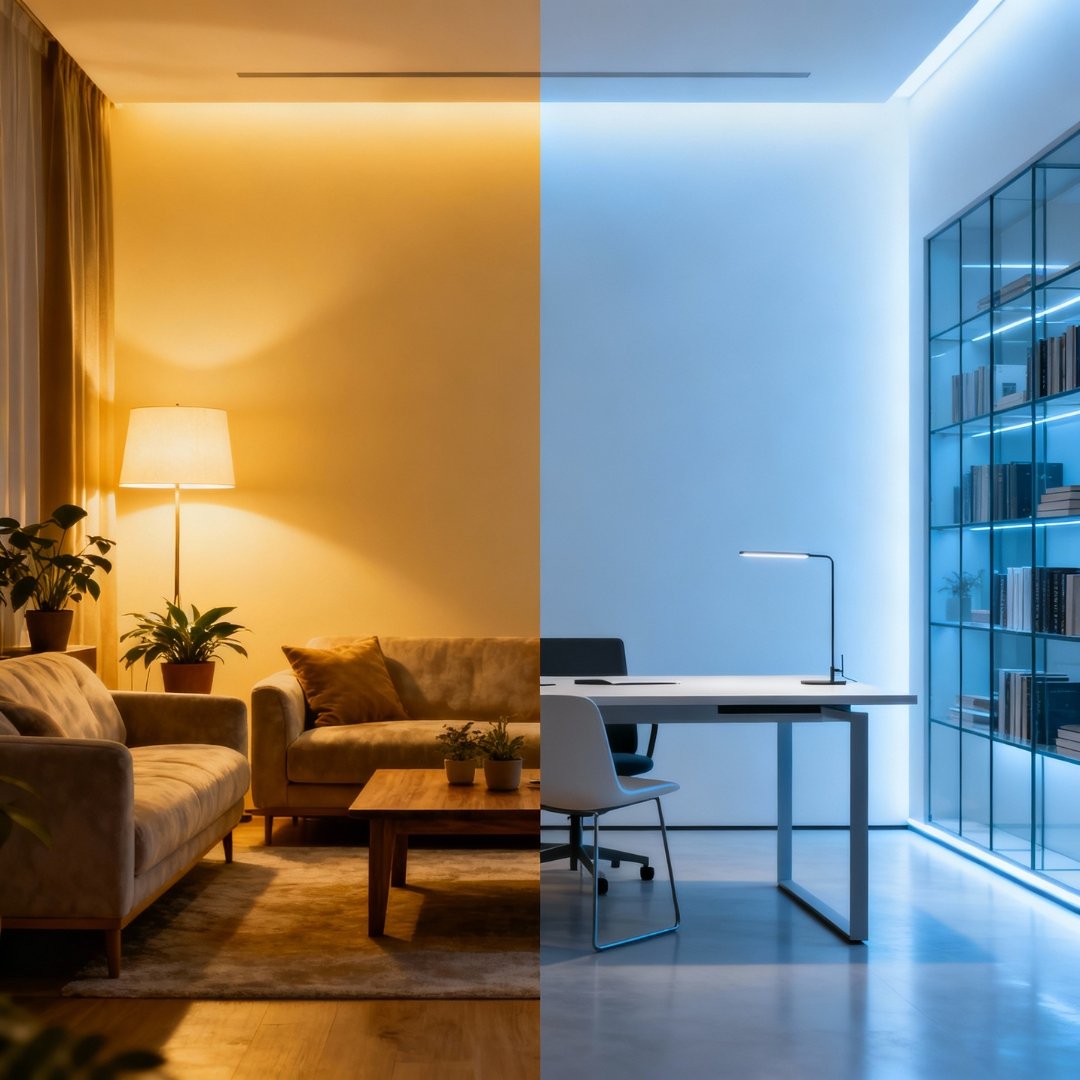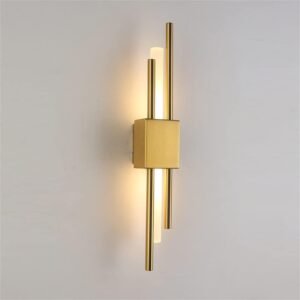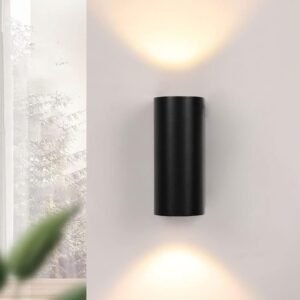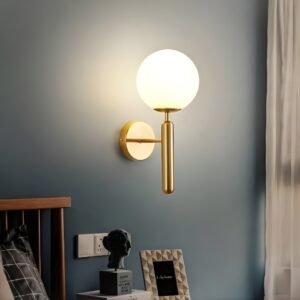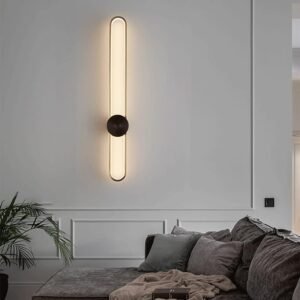Light shapes how we experience our surroundings. It influences our mood, perception, and even our sense of comfort. The balance between warm light and cool light is more than just a design preference; it defines the atmosphere and supports human well-being.
Understanding the difference between warm light and cool light helps select the perfect lighting for homes, offices, and public spaces. At the core of this concept is the science of color temperature, how the subtle shift in light tone changes how we see and feel.
Summery
This article explores the difference between warm light and cool light, focusing on their color temperature measured in Kelvin. Warm light, with a soft, amber glow, creates a cozy and relaxing atmosphere ideal for living spaces, while cool light, with its bright, bluish tone, promotes alertness and clarity, making it perfect for workspaces. Understanding these differences helps in choosing the right lighting to enhance mood, productivity, and well-being in various environments.
What Is Color Temperature?
Color temperature, measured in Kelvin (K), describes how “warm” or “cool” a light appears. Lower values on the Kelvin scale around 2700K to 3000K produce a golden or amber glow typical of warm light. Higher values ranging from 4000K to 6500K emit crisp bluish tones identified as cool light.
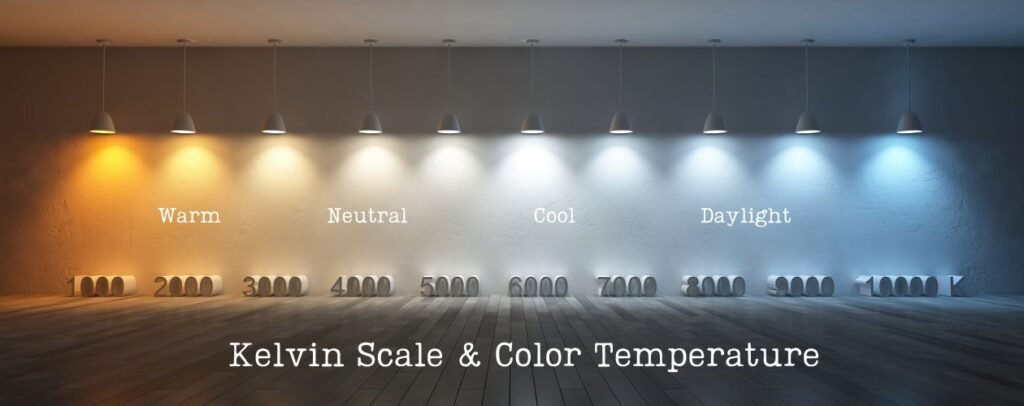
This scale is rooted in physics: when metals are heated, they radiate different colors of light based on temperature. Human perception interprets these spectral variations as emotional cues. Softer hues feel cozy and intimate, while brighter, bluer tones create alertness and focus. In homes, workplaces, and commercial spaces, balancing these temperatures creates visual harmony that aligns with function and mood.
What is Warm Light?
Warm light carries soft, amber undertones that mimic the glow of candlelight or sunset. It is typically within the 2700K to 3000K range and is often found in incandescent, halogen, and certain LED bulbs.
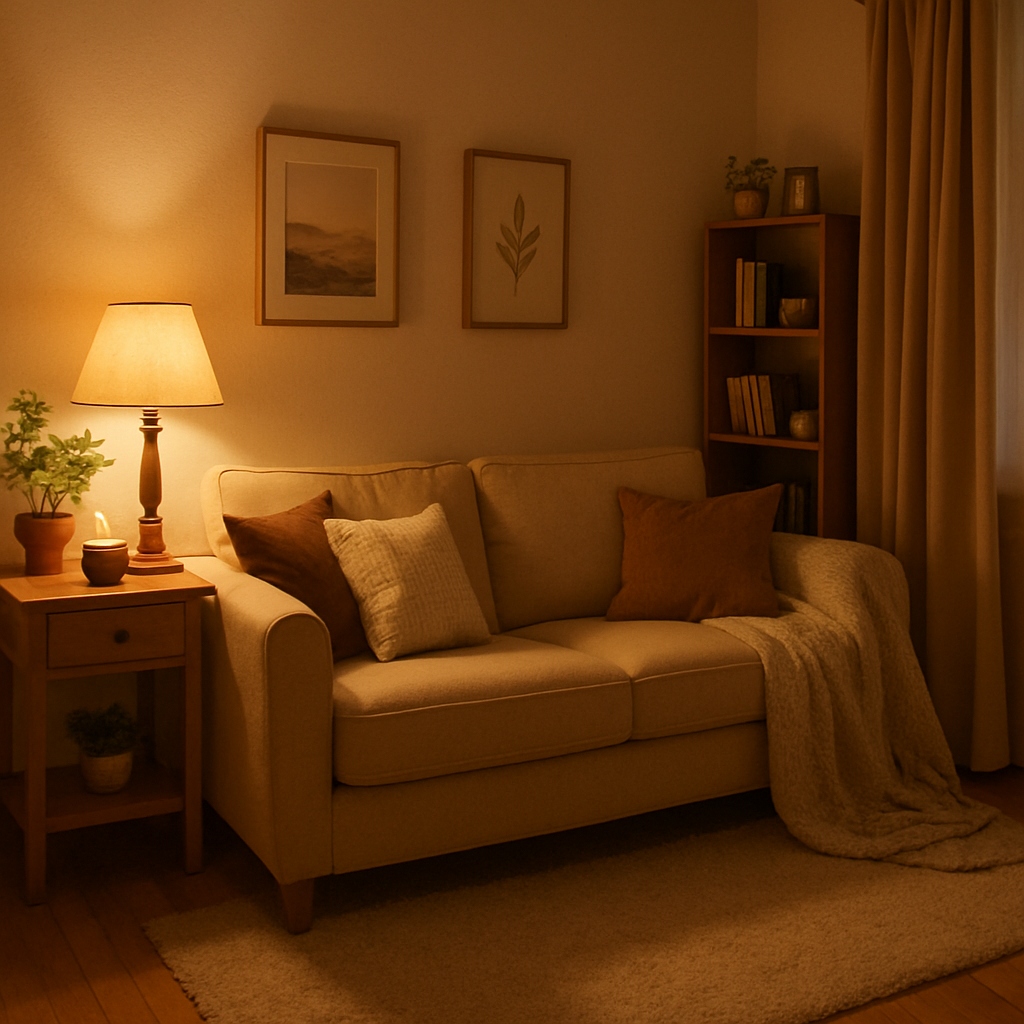
This tone evokes relaxation and comfort, making it perfect for spaces designed for unwinding living rooms, bedrooms, and dining areas. In hospitality environments such as cafes or hotel lounges, warm light encourages connection and coziness.
An example of warm light includes tungsten or vintage Edison-style bulbs that produce a pleasant, dim golden hue. Modern LED lighting now replicates this spectrum while offering greater energy efficiency.
Warm light tends to reduce eye strain in low-light settings, providing a soothing experience. It flatters skin tones and furnishings with a soft finish, but it may distort vivid colors or fine details. Thus, while it enhances mood and aesthetic warmth, it is less suitable for precision tasks.
What is Cool Light?
Cool light exists on the higher end of the Kelvin spectrum around 4000K to 6500K. Its bluish-white appearance replicates daylight and promotes concentration and clarity.

This type of light is favoured in offices, hospitals, classrooms, and kitchens where alertness is essential. It amplifies visual contrast and sharpness, making reading, studying, or performing detailed tasks easier. LED technology has further refined cool light offering energy efficiency and consistent color accuracy.
While cool light can invigorate and improve productivity, it isn’t ideal for relaxation or night use. Extended exposure to high color temperatures in the evening may affect melatonin production, interfering with sleep patterns. Therefore, cool white lighting works best during daytime activities or work environments requiring mental focus.
Comparing Warm Light vs Cool Light
The difference between warm light and cool light can be both visual and psychological. Warm light creates an inviting and intimate setting, suitable for gatherings, rest, and reflection. In contrast, cool light produces a crisp, clean environment that maximizes visibility and enhances modern decorative elements.
Warm tones complement wood, fabrics, and earthy finishes, while cool tones highlight glass, steel, and minimalist interiors. From a functional standpoint, cool lighting is ideal for high-clarity tasks, while warm lighting suits low-stress relaxation zones. The key lies in understanding the purpose of each space and the mood desired.

How Lighting Influences Mood and Productivity?
Lighting dramatically impacts human emotions and productivity cycles. Warm hues tend to lower cortisol levels, fostering tranquility and emotional ease. Cool lighting activates the brain’s alert centers, improving focus and reaction speed.
In workplace environments, cool and warm light bulbs can be alternated based on the time of day encouraging productivity during daylight and aiding decompression after hours. For home use, adjusting light temperature to daily routines supports natural circadian rhythms, improving sleep quality and general wellness.
Choosing the Right Light for Each Space
Every room serves a different purpose, and lighting should align with that function.
- Living rooms: warm lighting enhances intimacy and comfort.
- Kitchens and bathrooms: moderate cool light improves clarity without feeling harsh.
- Bedrooms: soft warm light promotes relaxation and better sleep.
- Workspaces: strong cool light supports alertness and precision.
For flexibility, tunable white systems allow smooth adjustment between warm and cool tones, creating dynamic light environments that evolve throughout the day.
Lighting and Interior Design Harmony
Light affects how materials, textures, and colors appear. Warm lighting softens tones and adds richness to wood and fabric surfaces. Cool lighting brings out sleek finishes and modern aesthetics.
Designers often use a combination of lighting layers ambient, accent, and task lighting to achieve visual depth. Pairing the correct color temperature with the interior palette ensures balance and enhances the environment’s character.
Energy Efficiency and Technology Considerations
Modern advancements, particularly LEDs, have revolutionized both warm and cool light bulbs. LEDs consume less energy, emit minimal heat, and allow precise control of color temperature. Smart lighting systems can shift seamlessly between warm and cool gradients, accommodating natural daylight cycles.
Environmentally, these technologies reduce carbon footprints and power consumption, creating sustainable illumination without compromising quality.
Common Misconceptions About Light Color
Many people think brighter light always means cooler light, but that’s not true. Brightness is how strong the light is, while color temperature tells us if it looks warm (yellow) or cool (blue).
Some believe “white light” is just one kind of color, but it actually mixes many colors and looks different depending on where and how it’s used.
Others worry warm light might hurt your eyes, but both warm and cool lights are safe if used correctly. Picking the right light for your space helps avoid eye strain.
Important points:
- Brightness and color temperature are different things.
- Cooler light means higher color temperature, not more brightness.
- White light has many shades, not just one fixed color.
- Both warm and cool light are safe for your eyes.
- Use the right light type for your activity to stay comfortable.
This helps clear up common misunderstandings about warm and cool light bulbs.
Practical Tips for Home and Office Lighting
Before installation, test different light temperatures in the same space to observe how they interact with colors and furnishings.
- Test Different Light Temperatures: Before installing, try out various warm and cool light bulbs in the same room. Notice how each interacts with different colors and furniture to see what feels best for your space.
- Mix Warm and Cool Lights: Combine both warm and cool light sources to create layers of light. This layered lighting supports different activities throughout the day, from relaxing to working.
- Follow Natural Daylight Patterns: Use cooler light in the morning to boost alertness and warmer light in the evening to help you relax.
- Use Dimmers or Smart Bulbs: These allow you to adjust light brightness and temperature easily, giving you full control over your room’s ambiance at any time.
FAQs
What is an example of a warm light?
Warm light examples include candlelight, halogen lamps, and LED bulbs with a color temperature around 2700K to 3000K, which cast a soft, yellowish glow.
Is LED a warm light?
LEDs can be warm or cool. Many LEDs are made to mimic warm light at about 2700K to 3000K, similar to traditional incandescent bulbs.
Is warm light good for eyes?
Yes, warm light is generally easier on the eyes, especially in low-light or relaxing environments, as it reduces eye strain.
Are warm colors good for bedrooms?
Absolutely. Warm colors create a cozy and calming atmosphere, making them ideal for bedrooms to promote relaxation and better sleep.
What are the disadvantages of warm light?
Warm light can make colors appear less vibrant and is not ideal for tasks requiring precision or detailed work. It may also seem dimmer compared to cool light.
Is warm or cool better for eyes?
Both are safe, but warm light is often considered gentler on the eyes, especially at night, while cool light is better for alertness during the day.
Is cool light better for eyes?
Cool light helps improve focus and visibility but can cause more eye fatigue if used in the evening or for prolonged periods.
Is cool light good for sleep?
No, cool light can disrupt melatonin production and interfere with sleep if used before bedtime.
When to use cool lights?
Use cool lights in workspaces, kitchens, offices, or anywhere you need high focus and clear visibility during the day.
What’s the difference between warm light and cool light?
Warm light has a yellow to orange hue with lower Kelvin values (2700K-3000K), creating a cozy feel. Cool light is bluish-white with higher Kelvin values (4000K-6500K), promoting alertness.
Which light is best for sleeping?
Warm light is best before sleep as it is soothing and encourages natural sleep cycles.
Conclusion
Choosing between warm light and cool light involves balancing comfort, function, and style. Warm light enhances serenity and intimacy, while cool light sharpens focus and invigorates the mind.
By understanding the spectrum of color temperature and tailoring lighting to each environment, it becomes possible to design spaces that are both beautiful and harmonious with human needs. Light, when selected thoughtfully, transforms ordinary settings into places that inspire both calm and clarity.

